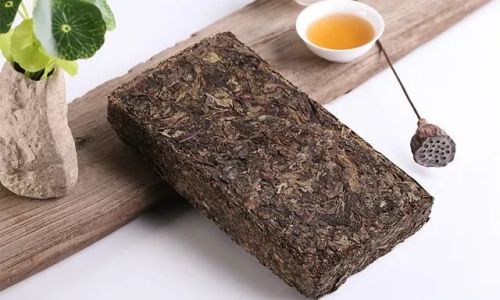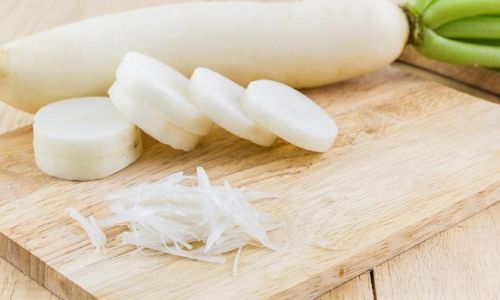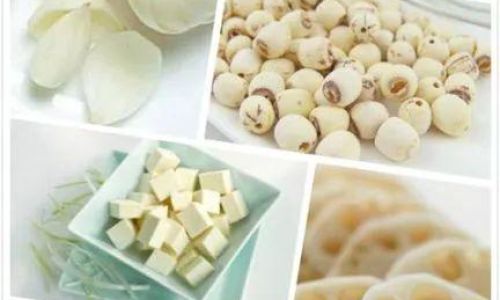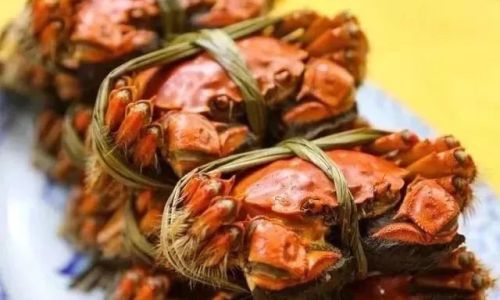Table of content
- Humidity Control
- Temperature Stability
- Light Exposure
- Airflow and Ventilation
- Odor Absorption
- Clay or Ceramic Pots
- Porcelain or Glazed Ceramic Jars
- Wooden Boxes
- Metal Tins
- Vacuum-Sealed Bags or Mylar Pouches
- Bamboo Leaf Wrappers
- Pre-Storage Preparation
- Shelving and Organization
- Periodic Inspection
- Aging Strategies
Introduction
Tea bricks, also known as compressed tea, have been a staple in tea cultures for centuries, particularly in regions like China, Tibet, and parts of Central Asia. These dense, solid blocks of tea leaves are crafted through a process of steaming, pressing, and aging, resulting in a product that not only preserves tea for extended periods but also develops complex flavors over time. However, the longevity and quality of tea bricks depend heavily on proper storage methods. Unlike loose-leaf teas, which require minimal intervention, tea bricks demand specific environmental conditions and handling techniques to prevent degradation, mold growth, or flavor loss. This guide explores the science and art of preserving tea bricks, offering actionable advice for enthusiasts and collectors alike.
Understanding Tea Bricks: Composition and Aging Potential
Before delving into storage methods, it is essential to grasp the unique characteristics of tea bricks. Most tea bricks are made from fermented or post-fermented teas, such as pu-erh (a dark tea from Yunnan, China), Liu’an, or Fu brick tea. The compression process slows down oxidation, creating an environment where beneficial microorganisms, like Aspergillus fungi, can thrive during aging. This microbial activity, coupled with enzymatic reactions, transforms the tea’s flavor profile from astringent to mellow, earthy, or even sweet notes over time.

The aging potential of tea bricks is both a blessing and a challenge. While proper storage can enhance their value and taste, neglect can lead to spoilage. Factors like humidity, temperature, light exposure, and airflow play pivotal roles in determining whether a tea brick matures gracefully or deteriorates.
Key Environmental Factors for Tea Brick Storage
Humidity Control
Tea bricks are hygroscopic, meaning they readily absorb moisture from their surroundings. Excessive humidity (above 75%) creates a breeding ground for mold, while insufficient moisture (below 40%) can dry out the leaves, halting the aging process. The ideal humidity range for storing tea bricks is 50–70%. To maintain this balance:
- Use a hygrometer to monitor humidity levels in your storage area.
- Avoid basements or attics, which are prone to extreme humidity fluctuations.
- In dry climates, place a shallow tray of water near the storage container to increase moisture (ensure the water does not touch the tea).
- In humid regions, employ dehumidifiers or silica gel packets to absorb excess moisture.
Temperature Stability
Temperature fluctuations can accelerate or stifle the aging process. Extreme heat (above 30°C/86°F) may cause the tea to “cook,” leading to a flat, bitter taste, while freezing temperatures can damage the leaves’ cellular structure. The optimal temperature range is 20–25°C (68–77°F). Avoid storing tea bricks near heaters, windows, or refrigerators, as these areas experience frequent temperature shifts.
Light Exposure
Ultraviolet (UV) rays from direct sunlight or artificial light sources can degrade the tea’s organic compounds, causing flavor loss and discoloration. Store tea bricks in opaque containers or a dark cupboard to shield them from light.
Airflow and Ventilation
While tea bricks require some oxygen for gradual aging, excessive airflow can lead to rapid oxidation and flavor depletion. Use breathable containers (e.g., clay pots or paper wrappers) for short-term storage and airtight containers (e.g., metal tins) for long-term preservation.
Odor Absorption
Tea bricks are notorious for absorbing surrounding smells. Store them away from spices, perfumes, or chemicals. Dedicate a specific area for tea storage to prevent cross-contamination.
Choosing the Right Storage Containers
The container you select influences the tea’s aging trajectory. Here’s a breakdown of popular options:
Clay or Ceramic Pots
Traditional in Yunnan, China, porous clay pots (e.g., Zisha teapots) allow gradual air exchange, promoting slow aging. However, they require careful humidity control to prevent dryness.
- Pros: Enhances microbial activity; ideal for long-term aging.
- Cons: Fragile; may let in moisture if not sealed properly.
Porcelain or Glazed Ceramic Jars
Non-porous and airtight, these containers shield tea bricks from humidity and light. They are excellent for preserving existing flavors but limit rapid aging.
- Pros: Low maintenance; protects against external odors.
- Cons: Less suitable for intentional fermentation.
Wooden Boxes
Cedar, sandalwood, or bamboo boxes impart subtle aromatic notes to the tea. Ensure the wood is untreated and properly seasoned to avoid resin transfer.
- Pros: Aesthetic appeal; adds complexity to flavor.
- Cons: Requires regular inspection for pests; may warp in humid conditions.
Metal Tins
Stainless steel or tin containers with rubber seals provide airtight protection. Line them with paper to prevent direct metal contact, which can cause condensation.
- Pros: Durable; pest-resistant; ideal for humid climates.
- Cons: Limits microbial activity; unsuitable for aging.
Vacuum-Sealed Bags or Mylar Pouches
For long-term storage, vacuum-sealing removes oxygen, halting aging. This method preserves the tea’s current state but prevents flavor development.
- Pros: Extends shelf life indefinitely.
- Cons: Irreversible; tea must be consumed as-is.
Bamboo Leaf Wrappers
A traditional method in Tibetan culture, bamboo wrappers allow partial airflow while protecting against pests. Pair them with a cloth or paper layer for added moisture control.
- Pros: Eco-friendly; culturally authentic.
- Cons: Prone to mold if stored in damp areas.
Best Practices for Tea Brick Preservation
Pre-Storage Preparation
- Inspect and Dry: Before storing, ensure the tea brick is completely dry. Place it in a well-ventilated area for 24–48 hours to eliminate residual moisture.
- Break into Smaller Pieces: If you plan to consume the tea incrementally, gently pry off chunks using a pick. Smaller pieces age faster but are more vulnerable to degradation.
- Avoid Handling with Bare Hands: Oils and moisture from skin can transfer to the tea. Use clean, dry tongs or gloves.
Shelving and Organization
- Store tea bricks on elevated shelves, away from walls and floors, to prevent moisture absorption from concrete.
- Label each container with the tea type, harvest date, and storage start date to track aging progress.
Periodic Inspection
Check tea bricks every 3–6 months for signs of mold, pests, or off-odors. Gently scrape off any surface mold (it is often harmless if caught early) and adjust humidity levels if necessary.
Aging Strategies
- Short-Term Aging (1–5 years): Use clay pots or wooden boxes in stable environments to encourage gradual flavor development.
- Long-Term Aging (5+ years): Opt for porcelain jars or metal tins in climate-controlled rooms. Vacuum-sealing is recommended for preservation beyond 10 years.
Common Mistakes to Avoid
- Using Plastic Bags Without Ventilation: Trapped moisture accelerates mold growth.
- Ignoring Humidity Fluctuations: Even minor spikes can compromise the tea’s integrity.
- Storing Near Strong Odors: Tea bricks readily absorb scents, ruining their aroma.
- Overhandling the Brick: Frequent touching introduces contaminants and disrupts aging.
- Exposing to Direct Sunlight: UV rays degrade chlorophyll and antioxidants, flattening the flavor.
Regional Adaptations for Storage
Climate varies globally, so storage methods must adapt:
- Humid Tropics (e.g., Southeast Asia): Use dehumidifiers and airtight metal tins.
- Arid Deserts (e.g., Middle East): Place water trays nearby to maintain humidity.
- Temperate Zones (e.g., Europe): Standard clay pots or porcelain jars suffice with minimal intervention.
Conclusion: The Art of Patience
Preserving tea bricks is a dance between science and tradition. While modern tools like hygrometers and climate-controlled units offer precision, the essence of tea brick storage lies in understanding the interplay between environment, container, and time. Whether you aim to age a pu-erh brick for decades or simply maintain its freshness, the principles of humidity control, temperature stability, and odor prevention remain universal. By treating tea bricks as living artifacts, you honor the centuries-old craftsmanship that went into their creation—and savor the rewards of a perfectly preserved brew.





0 comments